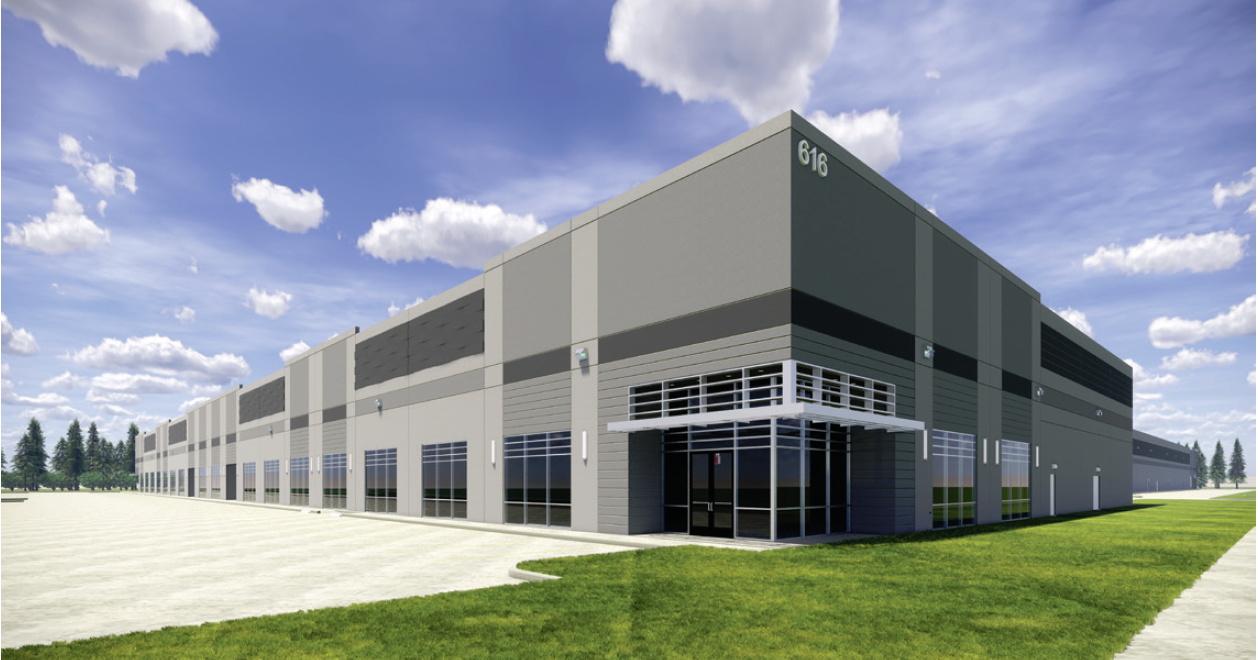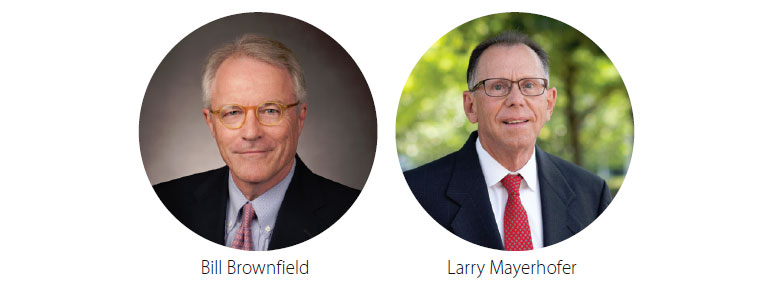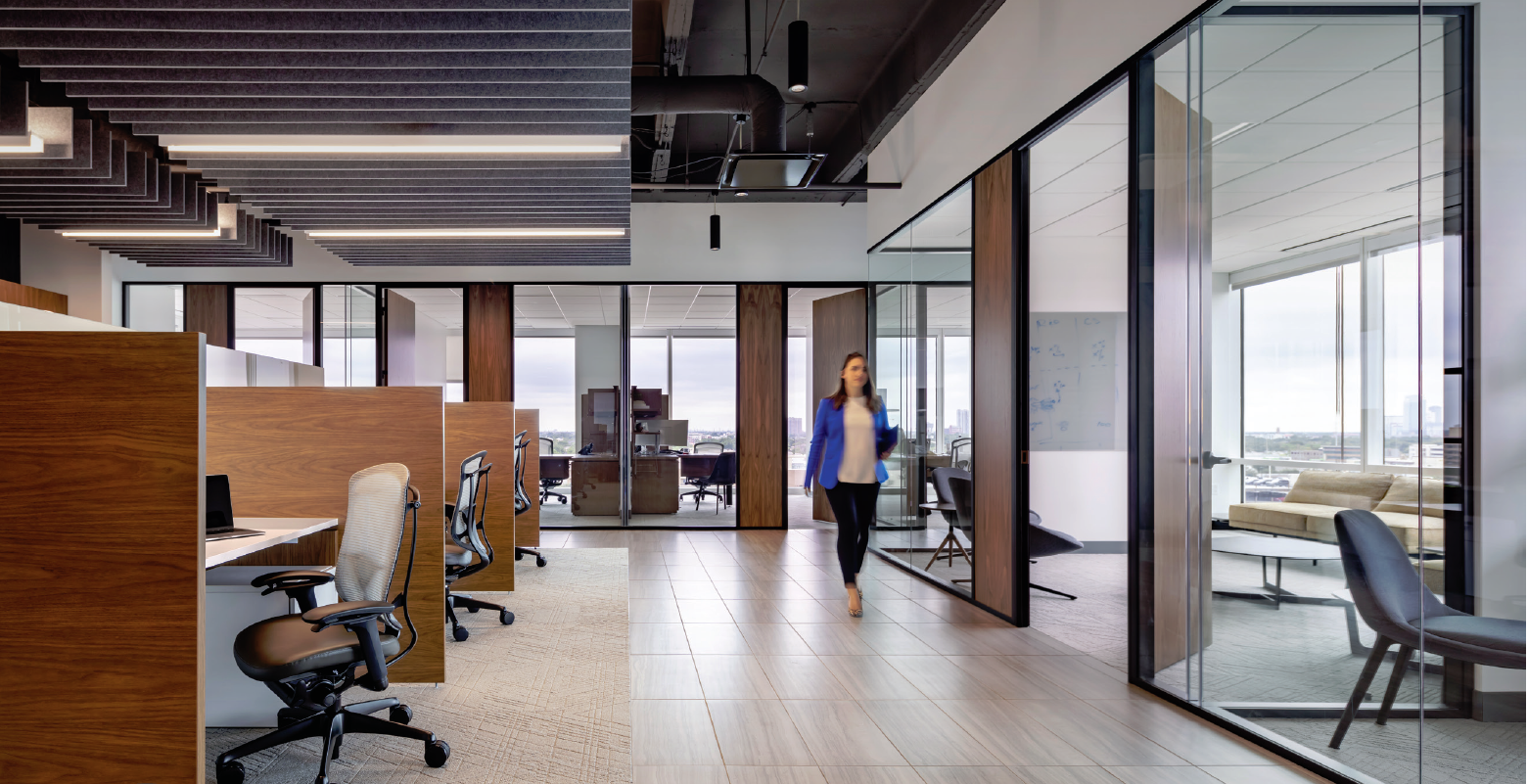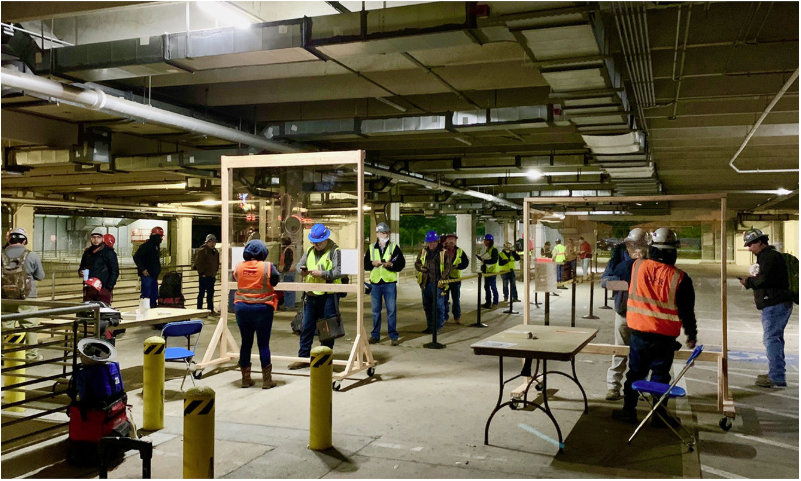The past couple of months haven’t exactly been business as usual for Texas businesses as they dealt with the initial news of the COVID-19 pandemic, the subsequent closure of anything billed non-essential and now the reopening process. It’s been challenge after challenge: how to respond, what to do when shut down, how to operate in this new normal. “No doubt, this pandemic has not been a friend to many businesses and the effects will remain long after this first wave of infection is gone,” said EDC Executive Director Alex Getty. “However, the eternal optimist in me, while sometimes hard to see, looks for silver linings.” Lucky for those in La Marque, the city’s Economic Development Corporation is an example of that, stepping up and working at lightning speed to help its business owners stay afloat. It was only back on March 18 that the City of La Marque ordered the closure of
bars, restaurants and entertainment venues. Then came Governor Abbott’s executive order on March 19, followed by a stay-at-home order from Galveston County Judge Mark Henry. “We acted quickly to infuse desperately needed cash into small businesses that have been negatively affected by policies put in place to flatten the curve,” Getty said. “Those efforts will save some businesses.” Knowing the threat posed to the livelihoods of so many in La Marque, the EDC got to work on a plan. Just two weeks after that March 18 order, it had a plan: the Emergency Business Retention Program, which would provide grants to qualified La Marque business owners impacted by the COVID-19 pandemic. The EDC’s board of directors approved it on April 2 during a special meeting and by April 8, the Grant Application Review Committee met to decide who would receive the grants. Click to read more at www.rednews.com.









